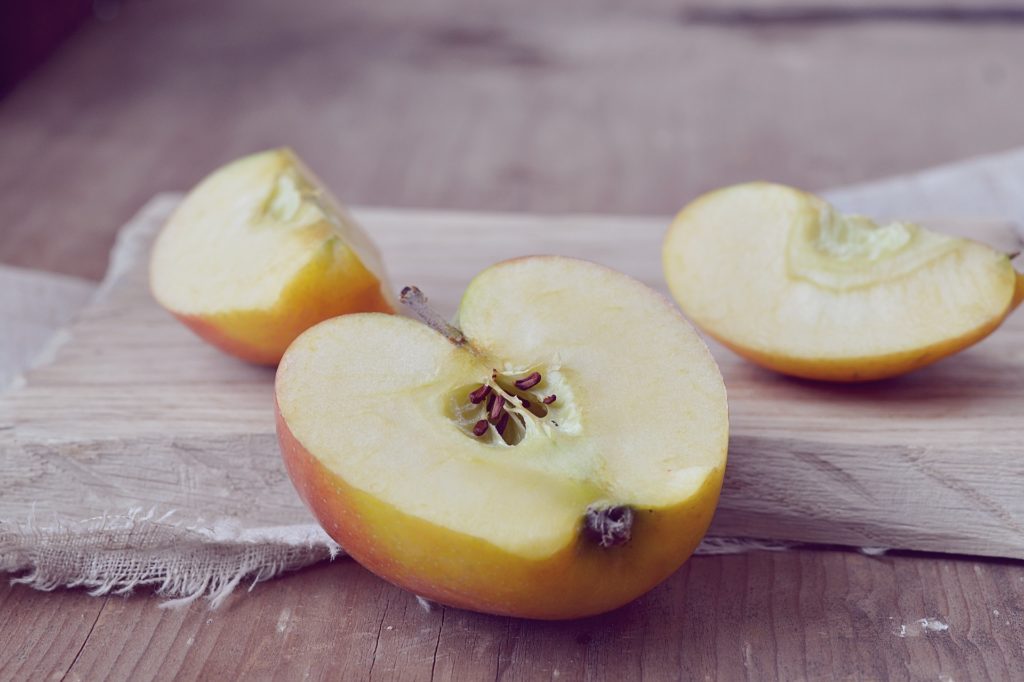It’s no secret that food waste is a growing issue in the industry, but what some may find surprising is that some leftovers have the potential to provide financial gain for manufacturers and serve as a functional food item for consumers.
Over the next three years, Cornell’s team of food scientist and engineers will work to prove this by turning apple pomace into a nutritional and economically viable snack item, thanks to a combined grant of over a million dollars from the Foundation for Food and Agriculture Research and the New York Apple Association.
The leader of the project, and recipient of the grants, Professor Syed Rizvi, tells Xtalks there is a common misconception of where food waste comes from.
“We always talk about food loss and food waste. So, food loss, or post-harvest loss, occurs between the harvesting and the processing, and food waste is what ends up at the very end when consumers, or the grocery stores and restaurants don’t use it.”
But according to Professor Rizvi, while most people focus on food waste as a result of the production or consumption process, there’s a third part of the supply chain that is often overlooked, and that’s processing.
“People focus on food loss and food waste, and the two ends, but there is a lot of opportunity in the middle. We are focusing on the waste that is created during food processing and manufacturing operations. It generally is very important because about one-third of waste is generated during these operations,” he says.
When apples are processed to make juice, or grapes turned into wine, the only thing that is extracted from the fruit is sugar and water, leaving behind the highly-nutritional pulp, skins, and seeds known as the pomace.
The value of this leftover pomace is that it can be turned into nutrient-rich fruit and vegetable-based products.
“All the fiber, antioxidants, polyphenols, all those good things, they are all available in the pomace, and they are not utilized because most of it ends up as waste. And the nutritional quality of that product is very high because all you have taken out of the apple is sugar and water basically,” Professor Rizvi explains.
As food waste continues to be a prominent issue around the world, so is the growing number of people looking to be fed. With the world population estimated to reach 10 billion by 2050, Professor Rizvi suggests food shortages could be mitigated through minimizing waste and maximizing utilization.
Cornell’s team is working to do just that, by coming up with a solution through their own modified technology of extrusion processing.
“We use a lower temperature, high pressure process for making extruded puffed products using pomace as a feed source. That low-temperature puffing process that we have developed allows us to preserve the nutritional quality, color, flavor, and nutrients,” Professor Rizvi says.
Extrusion processing is common in the food industry, but this hybrid process of utilizing high- pressure fluid to make puffed products at low temperatures is unique to the proposed research. Providing consumers with a product that has a Cheeto or Cheerio-like texture, while also maintaining the nutrient dense pomace formula and fruit taste.
Food manufacturers will likely have to wait three more years before this processing technology is made available. But once it hits the market, there is great potential for food manufacturers to tackle food waste while also benefiting financially.
The project also unlocks a new category of innovation for students and scientists looking to contribute to the future of food sustainability. And as younger generations gravitate towards better-for-you snack items, this nutritional product looks to be a promising food choice for many consumers in the years to come.












Join or login to leave a comment
JOIN LOGIN